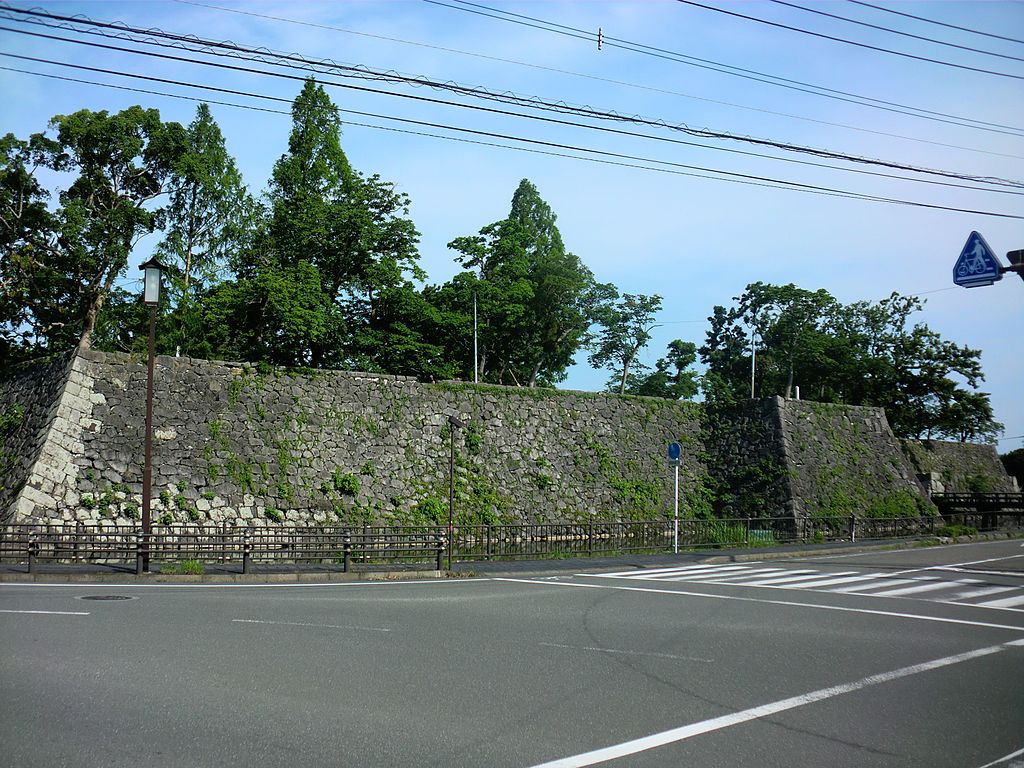May 31, 2024
Sites to See on a Trip Around Yatsushiro
A great option for a day trip if you’re in Kumamoto is Yatsushiro. This is a top destination for learning more about history and culture in Japan.
1. Kirai Art Installment
If you arrive at Shin-Yatsushiro Station, the first thing you’ll see will be the Kirai art installment. This modern monument is part of the Kumamoto Artpolis project. It’s made from thin concrete to create a lightweight appearance that resembles paper.
2. Yatsushiro Castle
Only the ruins of Yatsushiro Castle remain today — it burned down after lightning struck it in 1672. Although there’s nothing more than a stone wall, the park around the castle is a pleasant place to spend a short time, especially for a picnic lunch.
3. Yatsushiro Municipal Museum
In the heart of the city is Yatsushiro Municipal Museum — another structure that is part of the Kumamoto Artpolis project. You’ll find everything related to the history of the city here, including the personal belongings of the Matsui lords, local pottery called Koda yaki, and Miyaji washi paper. There is also a model of Yatsushiro Castle and ancient artifacts from tombs and the castle ruins.
4. Yatsushiro City Center for Folk Performing Arts
With a ticket to Yatsushiro Municipal Museum, you’ll receive a discount to Yatsushiro City Center for Folk Performing Arts. It’s all about the folk cultures in Yatsushiro, including Bo-odori (a dance with sticks), Kagura (which is a Shinto dance), and women’s sumo. You’ll also find a lot of information about Yatsushiro Myoken Festival (a UNESCO Intangible Cultural Heritage) as well decorations from the floats and videos of the festival.
5. Shohinken
In front of Yatsushiro Municipal Museum, you’ll find Shohinken — a tea house dating back to 1688. It was built by the third lord of castle, Matsui Naoyuki, and was one of three of the lord’s villas. Take a stroll around the garden to see the miniature mountains, the pond, and the flowers before having a break to drink a matcha, which will be served in a Koda bowl.
6. Sisters of St. Paul of Chartres Yatsushiro Convent
It’s relatively uncommon to find Catholic buildings in Japan, but Yatsushiro has two. The first is the Sisters of St. Paul of Chartres — a convent dating back 1900 that has been a National Registered Tangible Cultural Property since 2000. It stands out from its surroundings due to its white and blue exterior.
7. Yatsushiro Church
Eight minutes’ walk away is the Yatsushiro Church. Unlike many churches in Japan, it has a large crucifix as well as stained glass windows. There were 6,000 Christians in the 16th century during the rule of daimyo Konishi Yukinaga, but they were persecuted when Kato Kiyomasa ruled the northern part of Kumamoto, starting in 1588. It wasn’t until 1890 that the Catholics received permission for a church to be built. Today, around 70 people come to mass every Sunday.
It’s easy reach Yatsushiro from Kumamoto by train, either taking the Kyushu Shinkansen, Hisatsu Orange Railway, or Kyushu Expressway. There’s plenty to do for an entire day, although you may like stay overnight to have time to see all the sites.
hyolee2, CC BY-SA 4.0, via Wikimedia Commons


About the author